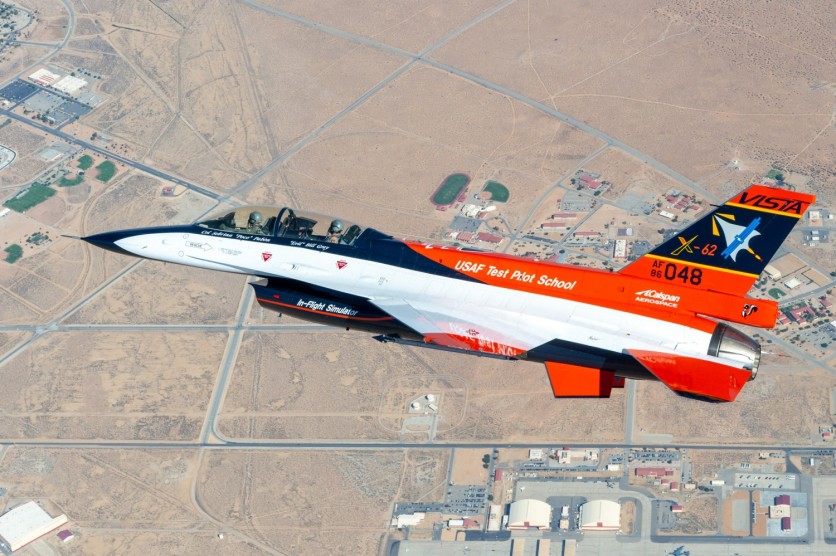Lockheed Martin's new tactical aircraft VISTA X-62A was taken to the skies by an artificial intelligence agent for more than 17 hours. This marks the first time that an AI controlled such an aircraft.

The VISTA Aircraft
VISTA, short for Variable In-flight Simulation Test Aircraft, is equipped with software that enables it to imitate the functional properties of other aircraft. It was created by Lockheed Martin Skunk Works in partnership with Calspan Corporation for the USAF TPS.
"VISTA will allow us to parallelize the development and test of cutting-edge artificial intelligence techniques with new uncrewed vehicle designs," Dr. M. Christopher Cotting, US Air Force Test Pilot School director of research, said in a press release statement.
"This approach, combined with focused testing on new vehicle systems as they are produced, will rapidly mature autonomy for uncrewed platforms and allow us to deliver tactically relevant capability to our warfighter."
The US Air Force has recently upgraded its Model Following Algorithm (MFA), System for Autonomous Control of the Simulation (SACS), and VISTA Simulation System (VSS), all of which were provided by Calspan.
The VISTA now has additional capabilities thanks to the integration of the SACS and MFA systems, enabling it to carry out the most sophisticated flight test trials with a focus on autonomy and AI, according to Lockheed Martin.
A series of tests involving an AI agent included a trip that lasted more than 17 hours in December 2022.
National Asset
VISTA is an F-16D Block 30 Peace Marble Il that has been modified and given Block 40 avionics. Previously known as NF-16D, VISTA was formally renamed to VISTA X-62A in June 2021 after being recognized by the US Air Force as a national asset.
This new mission system capability with VSS, MFA, and SACS places an emphasis on furthering the development and integration of autonomous aircraft algorithms.
The Enterprise Mission Computer version 2 (EMC2), also known as the "Einstein Box," is powered by the Skunk Works Enterprise-wide Open Systems Architecture (E-OSA), which is the brains behind the SACS system.
Other SACS components include a multi-level security system, advanced sensor integration, and a set of Getac tablet screens in the cockpits.
According to Lockheed Martin, these parts expand the capabilities of VISTA while keeping its advantage in rapid prototyping, notably enabling quick software updates to improve the frequency of flight test flights and quickening the rate of AI and autonomous research.
The company adds that the US Air Force's development of AI and autonomy capabilities will continue to be significantly aided by VISTA. It is currently going through several standard inspections and flights will be conducted this year at Edwards Air Force Base.
Related Article : US Air Force's New System Helps Jets Navigate Using Earth's Magnetic Field: Satellite-Based GPS No Longer Needed?

ⓒ 2025 TECHTIMES.com All rights reserved. Do not reproduce without permission.



